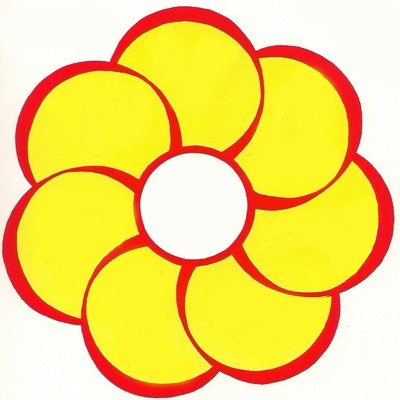Picture Reading--Yea or Nay? What do others think?
Picture Reading--Yea or Nay? What do others think?
There have been some interesting comments about this topic, showing the variety of ways others have been taught how to read. There is not necessarily a “one size fits all” solution, depending on the specific characteristics of the learner. However, the general consensus, seems to be that we need to teach students to pay close attention to the entire word, using word identification skills such as phonics first and then using context and/or picture clues to aid in verification. If you’ve ever been embarrassed by a making a pronunciation error while reading orally in front of a group, you undoubtedly understand the difference good word attack skills can make.
(If you missed seeing the original post on this topic, the text is below.)
Recently I was observing a kindergarten student read a "book" from school, the kind produced by a well-known reading series. The eight pages were typical of most with a picture at the top and a short sentence to go with the picture. The child easily "read" the sentence, using the picture clues and frequently repeated sight vocabulary. The only trouble with the reading was that the student substituted a word that, although it made sense with the picture, it was not the correct word written in the sentence. An example here might be a picture of a door with the sentence saying, "The door is closed." In this instance, the student read, "The door is shut." The student did not use any word-identification clues and simply "read" about each picture. If I had just been listening instead of watching the script, I would have thought it was a fantastic job of reading. Teachers must be vigilant for this type of thing and help students learn that we cannot count on pictures to tell us what it says. If using these types of
reproducible books for practice, try giving the students the sentences without the picture clues--and let the students do their own illustrations. Another idea is to cut the pages so that the student has to read and match the sentence to its picture
